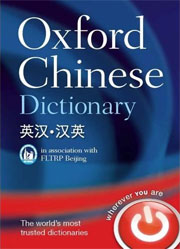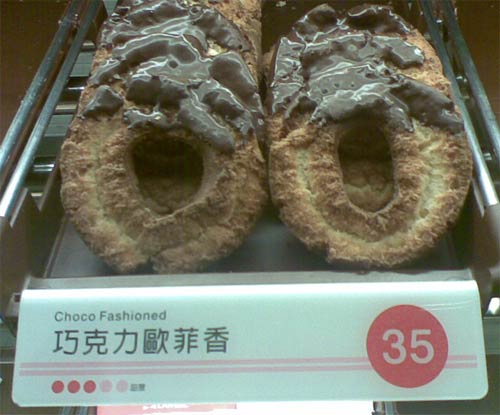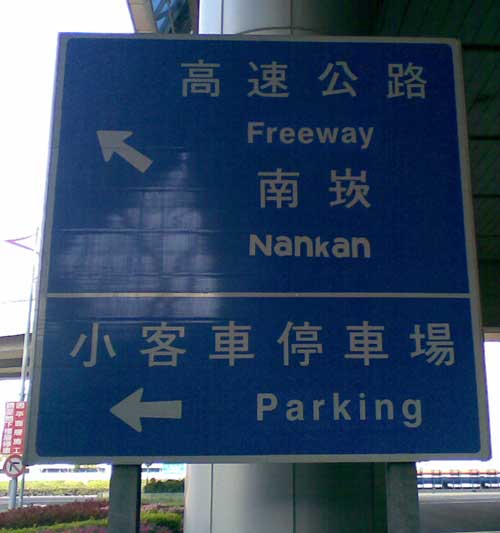OK, Google has improved its Pinyin converter some, though it still fails in important areas. So that’s the present situation for Google and Mandarin.
How about for Google and Japanese?
Professor J. Marshall Unger of the Ohio State University’s Department of East Asian Languages and Literatures generously agreed to reexamine Google’s performance in conversions to rōmaji (Japanese written in romanization).
Below is his latest evaluation.
For his initial analysis (in December 2009), see Google Translate and rōmaji.
I ran the test passage through Google Translate again. There’s some improvement, but it’s still pretty mediocre.
| Original | Google Translate |
|---|---|
| 6日午後4時35分ごろ、東京都千代田区皇居外苑の都道(内堀通り)の二重橋前交差点で、中国からの観光客の40代の男性が乗用車にはねられ、全身を強く打って間もなく死亡した。車は歩道に乗り上げて歩いていた男性(69)もはね、男性は頭を強く打って意識不明の重体。丸の内署は、運転していた東京都港区白金3丁目、会社役員高橋延拓容疑者(24)を自動車運転過失傷害の疑いで現行犯逮捕し、容疑を同致死に切り替えて調べている。 | 6-Nichi gogo 4-ji 35-fun-goro, Tōkyō-to Chiyoda-ku Kōkyogaien no todō (uchibori-dōri) no Nijūbashi zen kōsaten de, Chūgoku kara no kankō kyaku no 40-dai no dansei ga jōyōsha ni hane rare, zenshin o tsuyoku Utte mamonaku shibō shita. Kuruma wa hodō ni noriagete aruite ita dansei (69) mo hane, dansei wa atama o tsuyoku utte ishiki fumei no jūtai. Marunouchi-sho wa, unten shite ita Tōkyō-to Minato-ku hakkin 3-chōme, kaisha yakuin Takahashi nobe Tsubuse yōgi-sha (24) o jidōsha unten kashitsu shōgai no utagai de genkō-han taiho shi, yōgi o dō chishi ni kirikaete shirabete iru. |
| 同署によると、死亡した男性は横断歩道を歩いて渡っていたところを直進してきた車にはねられた。車は左に急ハンドルを切り、車道と歩道の境に置かれた仮設のさくをはね上げ、歩道に乗り上げたという。さくは歩道でランニングをしていた男性(34)に当たり、男性は両足に軽いけが。 | Dōsho ni yoru to, shibō shita dansei wa ōdan hodō o aruite watatte ita tokoro o chokushin shite kita kuruma ni hane rareta. Kuruma wa hidari ni kyū handoru o kiri, shadō to hodō no sakai ni oka reta kasetsu no saku o haneage, hodō ni noriageta toyuu. Saku wa hodō de ran’ningu o shite ita dansei (34) niatari, dansei wa ryōashi ni karui kega. |
| 同署は、死亡した男性の身元確認を進めるとともに、当時の交差点の信号の状況を調べている。 | Dōsho wa, shibō shita dansei no mimoto kakunin o susumeru totomoni, tōji no kōsaten no shingō no jōkyō o shirabete iru. |
| 現場周辺は東京観光のスポットの一つだが、最近はジョギングを楽しむ人も増えている。 | Genba shūhen wa Tōkyō kankō no supotto no hitotsudaga, saikin wa jogingu o tanoshimu hito mo fuete iru. |
Notes:
- The use of numerals dodges a plethora of errors, but “6-Nichi” is still wrong for Muika.
- Lots of correct capitalizations have been added, but “uchibori” was missed and “Utte” capitalized by mistake.
- Some false spaces or lack of spaces persist: “hane rare”, “oka reta”; “hitotsudaga” and “niatari” were correctly hitotsu da ga and ni atari in the original test.
- Names still get butchered (“hakkin” for Shirogane, “nobe Tsubuse” for Nobuhiro.
- The needless apostrophe in “ran’ningu” is still there.
- Interestingly, “toyuu” is a new error: it should be to iu.
- There’s evidence of some attempt to use hyphens, but why not in “kankō kyaku” or “Nijūbashi zen”?
So, to update: Google gets kudos for conscientiousness, but I stick by my original comments.
For more by Prof. Unger, see Pinyin.info’s recommended readings, which includes selections from The Fifth Generation Fallacy: Why Japan Is Betting Its Future on Artificial Intelligence, Literacy and Script Reform in Occupation Japan: Reading Between the Lines, and Ideogram: Chinese Characters and the Myth of Disembodied Meaning.

![google_translate_xi'an2 screenshot showing what happens if the following is entered into Google Translate: '在西安, 在长安, 在重庆, 在北京'. That leads to the following in Google Translate: 'in Xi'an, in Chang [sic], in Chongqing, in Beijing'. But the romanization line reads 'Zai xian, Zai changan, Zai chongqing, Zai beijing'](https://pinyin.info/news/news_photos/2011/06/google_translate_xian2.gif)






